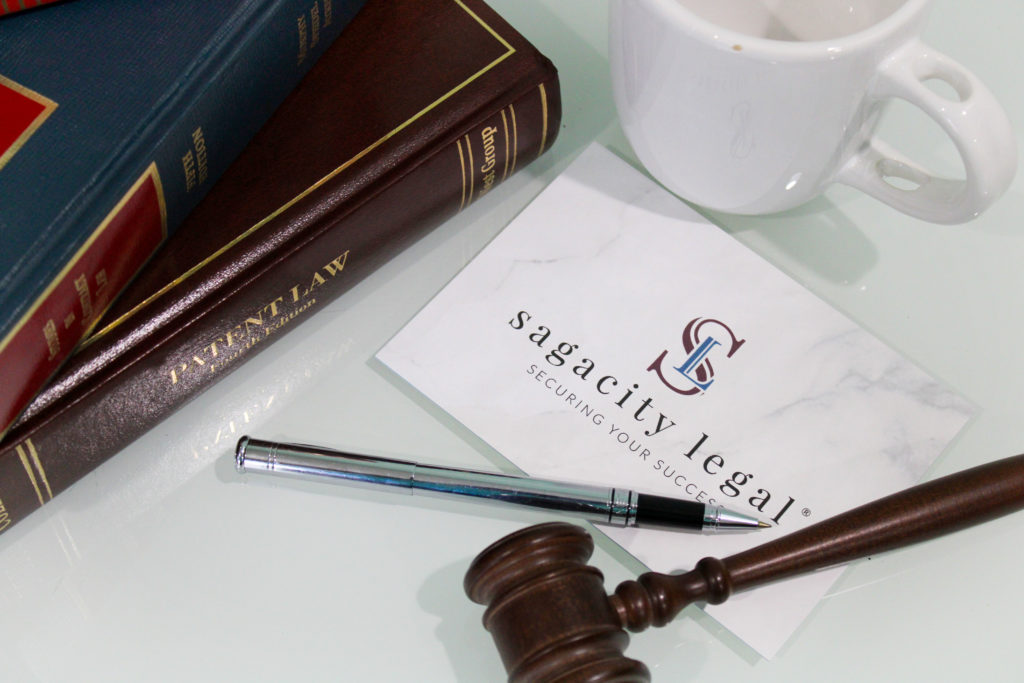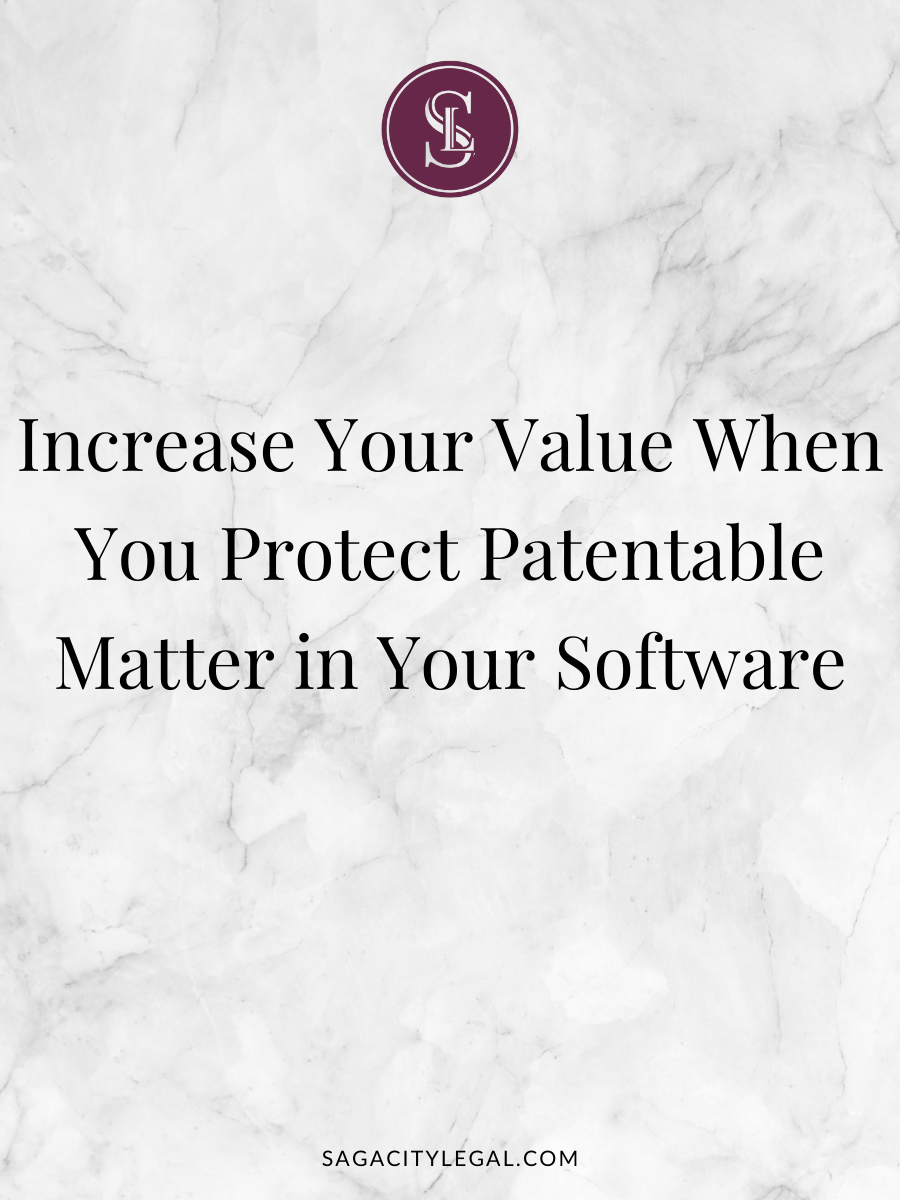
The software patents debate has been ongoing for many many years.
On the one hand, many believe that software is an impediment to technology growth.
This side of the fence points to patent trolls and how software patents provide a virtual arsenal for Patent Assertion Entities. These non-practicing entities procure large portfolios of patents and then assert them against others just trying to make and sell a product or platform.
These folks further believe that software patents are an impediment to the open source software invention community. I’ll discuss the open source environment and patents in another blog post. For now, let’s just know that there is a group that believes the two cannot survive and thrive together.
Lastly, since software patents protect a snapshot of an invention in time; and software typically is rapidly changing, this group believes it’s not worth attempting to patent software since it will change before the patent even grants.
On the other hand, many believe software patents are indispensable.
This group, and I admit I fall into this category, see software patents as an economic incentive to software based businesses and services.
Simply put, software patents provide differentiation in an enormously competitive digital marketplace.
Patenting software applications and functionality allow the patent owner to assert a monopoly against others for many years to come.
Is Software Even Patentable?
There is a widespread misconception that there is a general prohibition on the patenting of inventions involving computer programs.
Patents for computer implemented inventions (software) are routinely granted by patent offices worldwide.
How do I Identify What’s Patentable in My Software?
When thinking of software patentability, there are a number of simple concepts to keep in mind. First, just like with any invention, novelty is key. What feature, solution, functionality does your software provide that has never been seen before?
Next, think about practical applications. Patentable software includes useful, tangible, and concrete operations. An excellent place to start includes software that enables hardware functionality.
Lastly, patentable software must by definition enable operations software that humans cannot do.
Ask These Questions to Identify What’s Patentable in Your Software:
- Which functionalities are unique and why?
- How does the rules engine implementing those core functionalities handle and manipulate information?
- Because people will interface with the system we can anticipate mistakes and errors, so what compensation is integrated to address this inevitable human element?
- What problems are solved by your solution and how is this more advantageous than any other known solutions?
Where do I look for Invention in my Software?
One great place to start is data gathering. Look at how you identify the right variables to use. Consider how you pre-process data. What is the mechanism for receiving external data?
Next look at what happens after the solution. One key patentable solution occurs when you obtain unexpected results. Also, do you have a new way of outputting the results? Are you applying an algorithm in a useful way?
Lastly, consider the field of use. Transforming concepts from one form to another, a significant new implementation category, or a novel usage all fall into this category.
There’s lots of ways that software products can lead to software patents.
You just need to know the what, why, and hows.
You need to know what to look for.
And it’s your lucky day.
My just released eBook provides the tips to protect your software today!
It will change the trajectory of your business!
Your future self will thank you.
𝙋.𝙎. 𝙆𝙣𝙤𝙬 𝙨𝙤𝙢𝙚𝙤𝙣𝙚 𝙬𝙝𝙤 𝙬𝙤𝙪𝙡𝙙 𝙗𝙚𝙣𝙚𝙛𝙞𝙩 𝙛𝙧𝙤𝙢 𝙩𝙝𝙞𝙨 𝙁𝙍𝙀𝙀 𝙚𝘽𝙤𝙤𝙠? 𝙎𝙥𝙧𝙚𝙖𝙙 𝙩𝙝𝙚 𝙬𝙚𝙖𝙡𝙩𝙝: 𝙩𝙖𝙜 𝙩𝙝𝙚𝙢 𝙞𝙣 𝙩𝙝𝙚 𝙘𝙤𝙢𝙢𝙚𝙣𝙩𝙨 𝙖𝙣𝙙 𝙄’𝙡𝙡 𝙨𝙚𝙣𝙙 𝙞𝙩 𝙩𝙤 𝙩𝙝𝙚𝙢 𝙖𝙨 𝙖 𝙜𝙞𝙛𝙩 𝙛𝙧𝙤𝙢 𝙮𝙤𝙪!
P.S.S. For an introduction to the eBook and this Blog series, read my blog post “4 Expert Tips to Increase Your Value by Patenting Your Unique Software.”


leave a comment on this post.